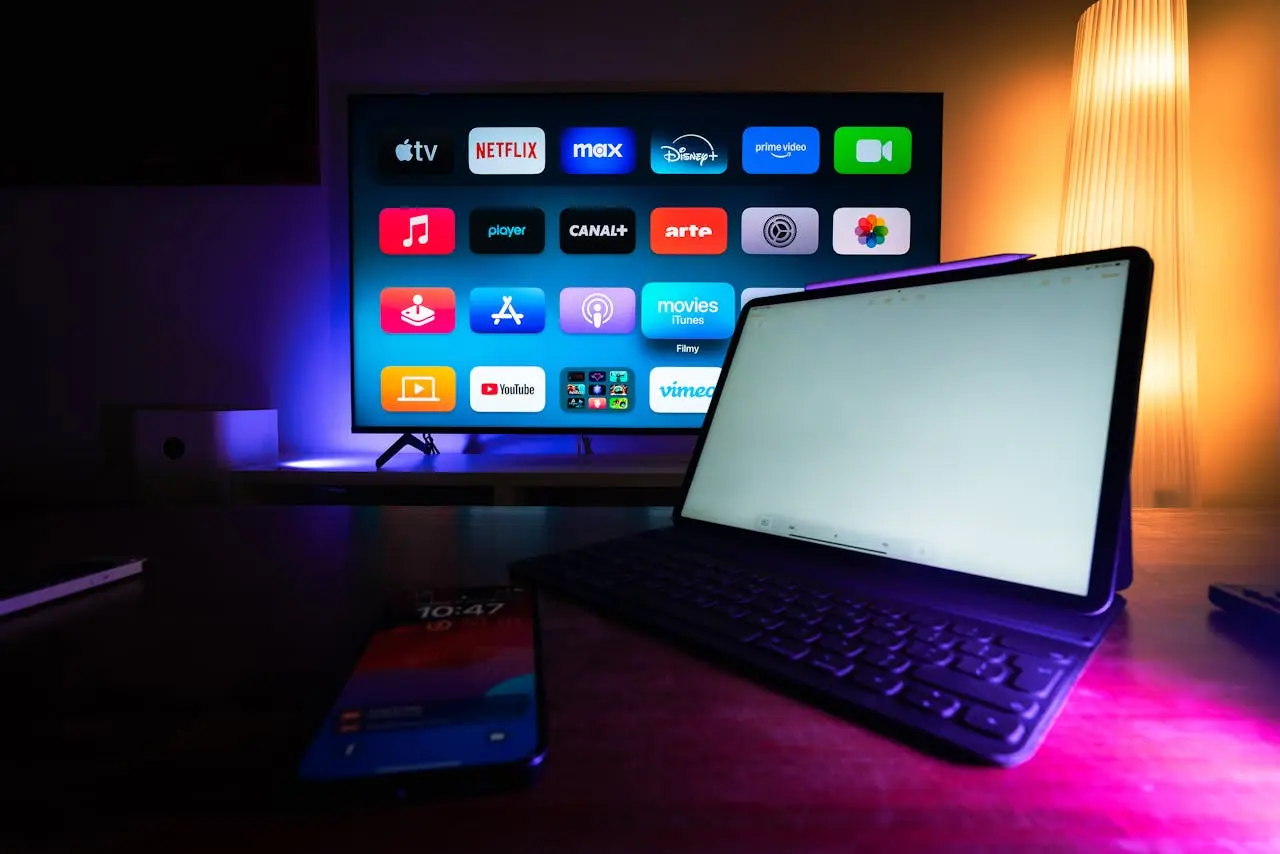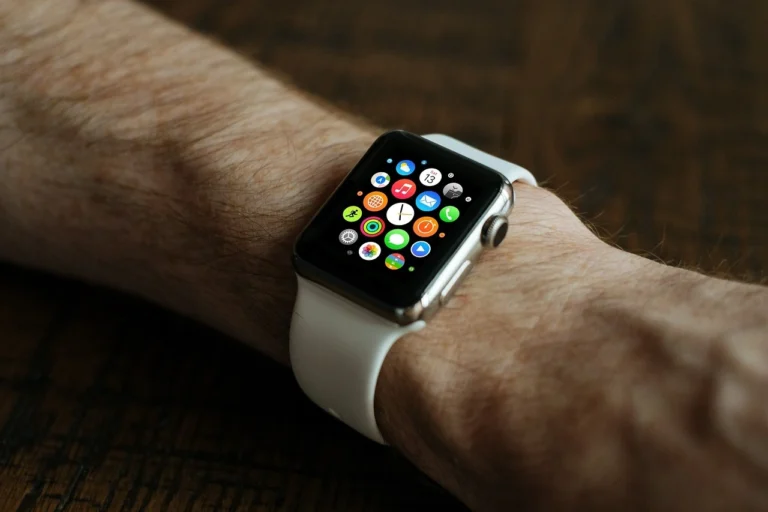
Ever felt frustrated when the Google Play Store isn’t available on your Android device? Whether it’s a phone that doesn’t come with the Play Store pre-installed or just a preference for variety, you might have wondered about alternatives. One name that often comes up in this context is the Amazon Appstore. But the question is: Is it a good alternative for downloading Android apps? After spending some time with it, I’ve gathered my thoughts, and I’ll walk you through everything you need to know.
The short answer is yes, the Amazon Appstore is a viable alternative for downloading Android apps. However, just like any platform, it comes with pros and cons that you should consider before switching. In the next few sections, I’ll break down everything from the quality of apps available to how easy it is to navigate and use. So, sit back and let’s dive into the world of the Amazon Appstore, one app at a time.
The Basics of the Amazon Appstore: What is It, and How Does It Work?
I remember the first time I heard about the Amazon Appstore, it felt a little like a secret club that not everyone knew about. As an Android user, I had always relied on the Google Play Store for my apps, but then I decided to explore this alternative. The Amazon Appstore is essentially Amazon’s answer to Google Play. It’s an app store that allows you to download and install Android applications on your device, but with a few differences.
One of the first things I noticed is that you won’t find it pre-installed on most Android devices. Unlike Google Play, which is the default app store on most devices, the Amazon Appstore requires you to download and install it manually. Once you do that, it’s pretty straightforward to navigate. In fact, it’s very much like any other app store. You’ll see categories, ratings, reviews, and all the things you would expect.
What stood out to me was that Amazon has its own take on Android app curation. Unlike Google Play, where everything seems to be available, the Amazon Appstore has a smaller selection. But I quickly realized that just because there were fewer apps didn’t necessarily mean there were fewer quality options.
What Apps Are Available on the Amazon Appstore?
After installing the Amazon Appstore, I started browsing, and one of the first things I noticed was the difference in app variety compared to Google Play. While Google Play offers millions of apps, the Amazon Appstore focuses on offering a more selective collection. Don’t get me wrong, there are still plenty of popular apps available, but I also came across a lot of apps that I wouldn’t necessarily find on Google’s platform.
For example, I discovered apps like Minecraft, Fortnite, and Spotify, all of which are available on the Amazon Appstore. However, some other apps, like certain Google apps and some exclusive apps from big-name developers, are missing. For those who are just looking for the basics, games, productivity tools, and entertainment apps, the Amazon Appstore holds its own.
But when I was searching for niche apps or those that are specific to certain Android features, I noticed gaps. Google Play’s extensive reach means it’s much easier to find an app that suits even the most specific needs. The Amazon Appstore, on the other hand, might not always have the app you’re looking for. So, while it’s a solid alternative, it’s not quite as comprehensive.
How Is the User Experience on the Amazon Appstore?
The user experience was another aspect that caught my attention. When I first opened the Amazon Appstore, it felt pretty familiar. The layout is clean and intuitive, which I appreciated. I’ve tried my fair share of third-party app stores, and many of them have clunky, confusing interfaces that make the whole experience frustrating. But that wasn’t the case here. Amazon kept things simple.
Navigating through the app was smooth. You can browse apps by categories like Games, Productivity, Business, and so on. I particularly liked the “Free App of the Day” feature, which offers one paid app for free each day. I’ll admit, I found myself checking that regularly to see what new apps I could get for free.
The search function is also efficient. You can easily type in what you’re looking for and get suggestions in seconds. The Amazon Appstore also offers user reviews, which helped me gauge whether an app was worth trying. But if I’m being honest, it wasn’t as robust as Google Play’s reviews section. The reviews were there, but it felt like fewer users had weighed in, especially for newer apps.
What Are the Pros of Using the Amazon Appstore?
I’ve been using the Amazon Appstore for several months now, and there are definitely some perks I’ve noticed.
App Store Discounts and Deals
One of the first things I liked was how often Amazon runs promotions. For example, Amazon offers “Amazon Coins,” a virtual currency that can be used to buy apps and games at a discounted rate. This was a nice surprise for me when I was shopping for apps, especially since I’m always on the lookout for a good deal.
Access to Amazon-Specific Features
If you use any of Amazon’s other services like Amazon Prime, you’ll find that the integration with the Amazon Appstore is pretty smooth. I’ve used the app store to install Amazon’s Kindle app and even some other Amazon services like Amazon Music and Amazon Alexa. The integration between the Amazon ecosystem and the Appstore made using it easier for me since I was already in the Amazon ecosystem.
Free App of the Day
I mentioned this earlier, but it’s worth repeating. I’ve gotten some really great apps for free just by checking the Free App of the Day section. Sometimes, the apps are paid ones, so it’s a bonus for anyone who likes free stuff (and who doesn’t?).
What Are the Cons of Using the Amazon Appstore?
While I’m a fan of the Amazon Appstore, there are definitely some drawbacks that you need to consider.
Limited App Selection
I know I’ve mentioned this already, but it’s worth emphasizing. Although the Amazon Appstore offers many popular apps, it doesn’t have the vast library that Google Play offers. There were several instances where I couldn’t find an app I was looking for, and that was a little disappointing. If you’re a casual user who mainly needs the essentials, it might work for you. But if you’re someone who likes to experiment with every new app, you might feel restricted.
Device Compatibility Issues
Not all Android devices are compatible with the Amazon Appstore. I experienced this firsthand when trying to install it on my older tablet. It wasn’t that the app didn’t work, it’s that some devices don’t support it in the same way Google Play does. If you’re using a device that isn’t from Amazon, you might run into some compatibility hiccups.
Less Frequent Updates
While Amazon’s Appstore does offer updates for apps, they tend to roll out a little slower than Google Play’s. I’ve noticed that some of the apps I use on the Amazon Appstore don’t receive updates as quickly as their Google Play counterparts. For instance, updates for games and other apps that have frequent releases can take a few extra days to appear on the Amazon Appstore.
Is the Amazon Appstore Safe?
One of the main concerns I had when I started using a third-party app store was security. I’ve always been careful about what I download, and I was particularly cautious with the Amazon Appstore. The good news is that Amazon does take security seriously.
Amazon has its own security measures in place, including app review processes and protections against malware. However, it’s not completely foolproof. I’ve heard of instances where malware slipped through the cracks, which is why it’s important to read app reviews and check permissions before installing anything. If you’re downloading apps from official channels like the Amazon Appstore, you’re in much safer territory than downloading random APKs from shady sites.
Conclusion: Should You Use the Amazon Appstore?
After spending some time exploring the Amazon Appstore, I can confidently say that it’s a solid alternative for downloading Android apps. It’s not as extensive as Google Play, but for many users, it’s more than enough. The ease of use, coupled with promotions like the Free App of the Day and the ability to integrate with Amazon services, makes it worth considering. That said, if you’re someone who needs access to a wider range of apps or has specific compatibility requirements, you might find Google Play more suitable.
If you’re looking for an alternative app store, though, I’d definitely recommend giving the Amazon Appstore a try. You might be surprised by how many great apps are available, and who knows, you might even discover some hidden gems that you wouldn’t have found elsewhere!







